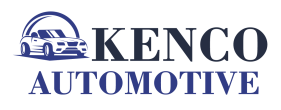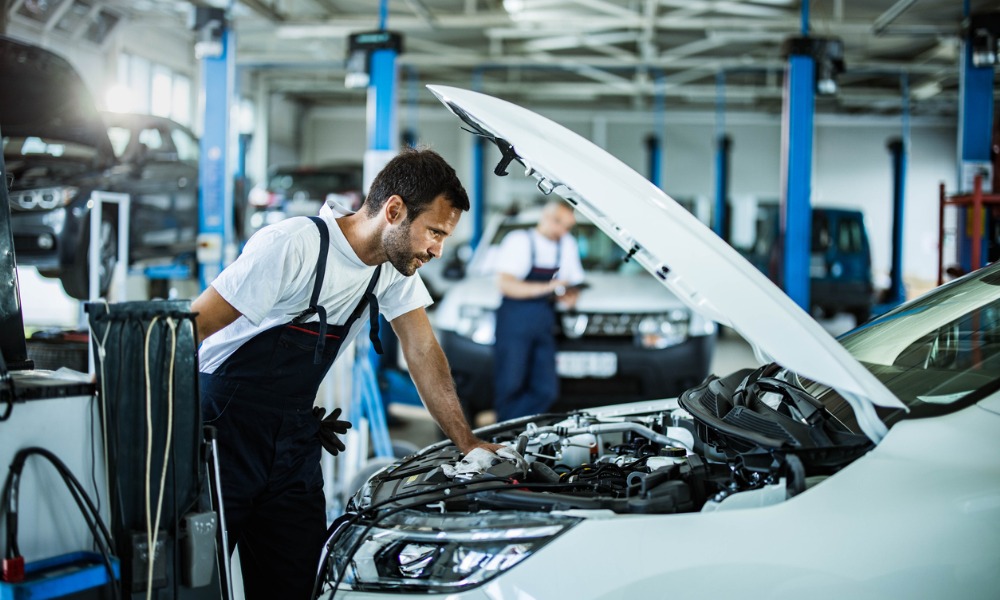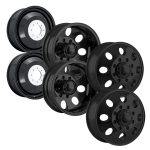Role of Body Shops in Restoring Collision-Damaged Vehicles
After a collision, one of the first steps in the vehicle restoration process is a thorough inspection at a certified body shop. Professionals use visual assessments and advanced diagnostic tools to evaluate both visible and hidden damage. This includes checking for frame misalignment, suspension issues, and internal damage that may not be apparent at first glance. Based on this assessment, a detailed repair plan is created, outlining the necessary steps to restore the vehicle to its pre-accident condition. The plan ensures that all safety-critical areas are addressed and that repair costs and timelines are accurately estimated.
Structural Repairs and Frame Realignment
In many accidents, the vehicle’s structural integrity is compromised, especially if the impact was significant. Body shops use computerized frame straightening machines to realign the chassis with factory specifications. This step is critical, as an improperly aligned frame can affect everything from wheel alignment to airbag deployment. Technicians also replace or reinforce damaged structural components using welding and bolting techniques that meet manufacturer safety standards. Ensuring the car’s frame is correctly aligned not only improves drivability but also restores crashworthiness.
Replacing and Repairing Body Panels
Once structural repairs are completed, the focus shifts to the vehicle’s exterior. Damaged body panels such as doors, fenders, bumpers, or hoods are either repaired or replaced, depending on the extent of the damage. In cases where parts need to be replaced, body shops source original equipment manufacturer (OEM) parts whenever possible to ensure proper fit and performance. Dents, scratches, and other imperfections are smoothed out using specialized tools and techniques like body fillers, sanding, and reshaping, preparing the surface for refinishing. Going for the Auto Repair in San Clemente, CA based service is essential here now.
Paint Matching and Repainting
Achieving a seamless finish is one of the most important aspects of collision repair. Body shops use computerized paint-matching systems to replicate the vehicle’s original color precisely. The affected areas are primed, painted, and then clear-coated in a dust-free paint booth to prevent contamination. Skilled technicians blend new paint with the existing finish to ensure a uniform appearance across the vehicle. Proper curing and polishing techniques are applied to deliver a glossy, factory-like finish, making it nearly impossible to tell the car was ever damaged.
Final Inspection and Quality Assurance
Before the repaired vehicle is returned to its owner, body shops perform a comprehensive quality control inspection. This includes checking paint consistency, verifying alignment, testing safety systems, and ensuring all repairs meet safety and performance standards. Technicians may also take the vehicle for a road test to confirm that everything operates correctly. Professional body shops stand behind their work, often offering warranties on repairs to guarantee customer satisfaction and peace of mind.
In conclusion, body shops play a vital role in restoring collision-damaged vehicles by combining expert knowledge, advanced equipment, and precision techniques. From realigning the frame to repainting panels, their goal is to return vehicles to their original safety and aesthetic standards, ensuring they look and perform as they did before the accident.
















